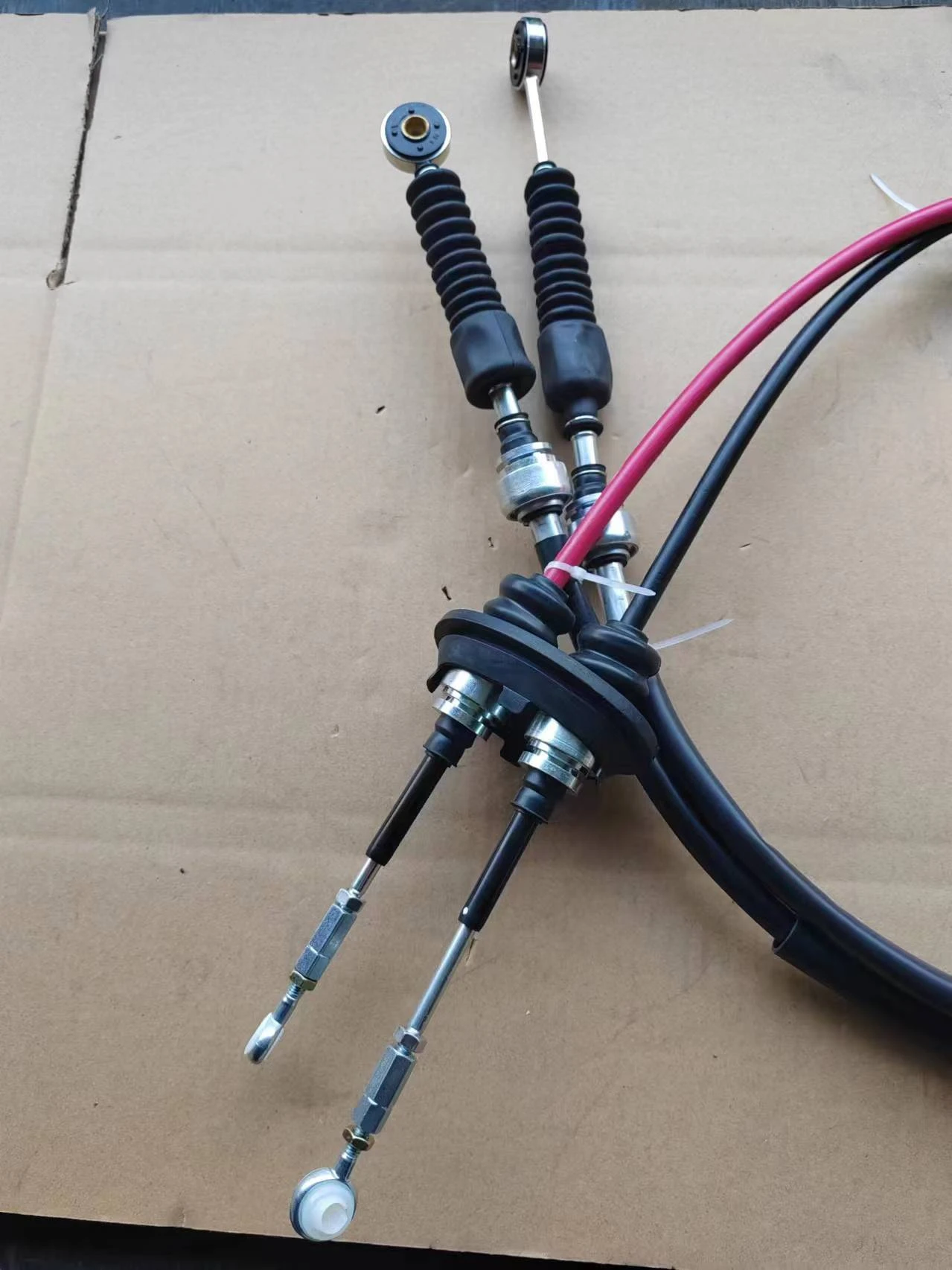Understanding Hand Brake Lines and Their Importance in Vehicle Safety and Performance
Understanding Handbrake Lines Function, Maintenance, and Safety
The handbrake, also known as the parking brake or emergency brake, is a crucial component of a vehicle's braking system. It plays a significant role in keeping the vehicle stationary when parked and can serve as a backup in case the primary braking system fails. One of the key elements of this system is the handbrake line. This article will delve into the function, maintenance, and importance of handbrake lines, ensuring both vehicle safety and performance.
Function of the Handbrake Line
The handbrake line is essentially a cable or hydraulic line that connects the handbrake lever to the brake assembly on the rear wheels. When the driver pulls the handbrake lever, this line transmits force to engage the rear brakes, thereby locking the wheels. This mechanism is particularly vital for preventing the vehicle from rolling, especially on inclines.
In modern vehicles, handbrake lines may also integrate with electronic systems. Many newer models utilize electronic parking brakes (EPBs) which employ motors to engage the brake rather than a traditional cable mechanism. However, regardless of the type, the functionality remains the same providing an emergency stop mechanism that drivers can rely on when needed.
Maintenance of Handbrake Lines
Like any other component of a vehicle, handbrake lines require regular maintenance to ensure they function effectively. Over time, exposure to various elements such as dirt, moisture, and corrosion can deteriorate the integrity of the handbrake line. Here are some essential maintenance tips
1. Regular Inspections Drivers should periodically check the handbrake line for wear and tear. Look for fraying, rust, or any discoloration that may indicate damage. It’s essential to inspect connections to the handbrake lever and the brake assembly.
hand brake line

2. Tension Adjustment Over time, the handbrake line may stretch and require adjustment. If the handbrake lever feels loose or requires multiple pulls to engage, it may be time to check the line tension. Consult the vehicle’s manual for specific adjustment procedures.
3. Ensure Proper Lubrication Keeping the handbrake line lubricated can prevent it from seizing or becoming difficult to pull. Regularly lubricate the moving parts, but ensure that no lubricant gets onto the braking surfaces as this can compromise braking performance.
4. Replace Worn Parts If during inspection it becomes evident that the handbrake line is worn or damaged, it is crucial to replace it promptly. Driving with a compromised handbrake can be dangerous and may lead to accidents.
Importance of a Functional Handbrake Line
The functional integrity of the handbrake line is paramount for vehicle safety. A malfunctioning handbrake can lead to serious hazards, including unintended vehicle movement, which could endanger the driver, passengers, or bystanders.
Moreover, in situations that require a sudden stop, the handbrake serves as a critical tool. For example, if the primary brakes fail, having a reliable handbrake allows the driver to regain control. This redundancy is especially important in emergencies, and drivers should never overlook the need for a well-maintained handbrake system.
Conclusion
The handbrake line may seem like a small component of the broader braking system, but its role is undeniably significant. By understanding its function, adhering to maintenance routines, and recognizing the importance of this component, you can ensure a safer driving experience. Regular checks and timely interventions can prevent problems and elongate the lifespan of the handbrake system. As with all vehicle components, prioritizing maintenance not only aids in performance but also plays an essential role in the overall safety of the vehicle. Keep your handbrake line in check and drive with confidence!
-
Workings of Clutch Pipe and Hose SystemsNewsJun.04,2025
-
The Inner Workings of Hand Brake Cable SystemsNewsJun.04,2025
-
The Secrets of Throttle and Accelerator CablesNewsJun.04,2025
-
The Hidden Lifeline of Your Transmission Gear Shift CablesNewsJun.04,2025
-
Demystifying Gear Cables and Shift LinkagesNewsJun.04,2025
-
Decoding Clutch Line Systems A Comprehensive GuideNewsJun.04,2025
